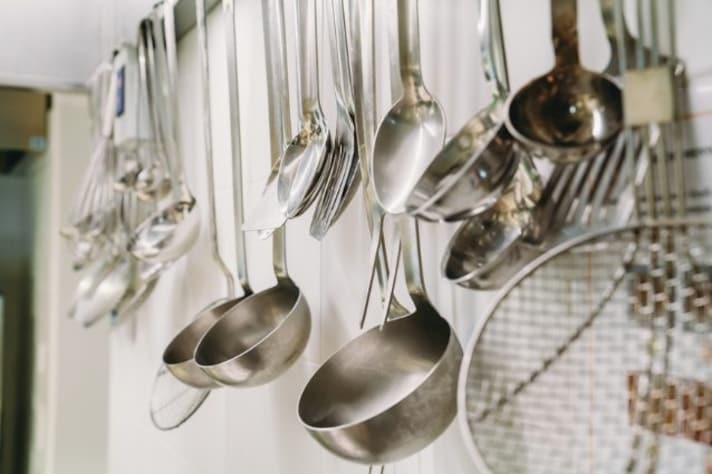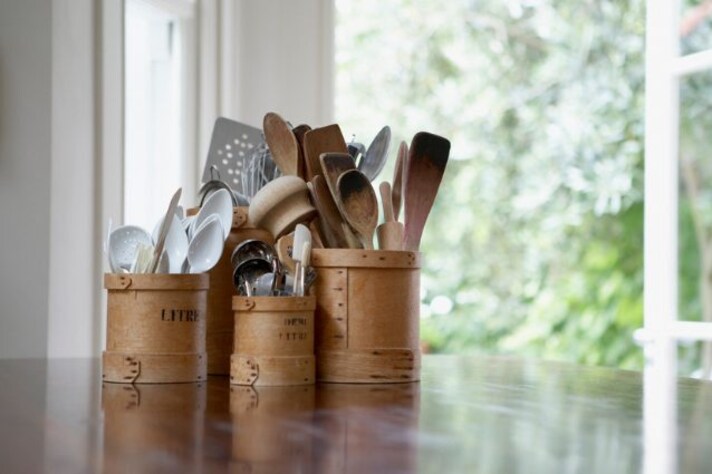Non-Toxic Kitchen Utensils: The Safer Choice for Cooking
Your kitchen utensils play a big role in your cooking, but are they safe? Non-toxic options are better for your health and the environment. Here’s how to choose utensils that are as safe as they are effective.

From flipping pancakes to stirring sauces, kitchen utensils are everyday essentials. But did you know some can release harmful chemicals into your food? Non-toxic utensils are a smarter choice for keeping your meals safe and your cooking healthy. With so many options available, read ahead to better understand what makes an utensil truly non-toxic and which materials you should reach for.
Silicone: A Safe and Versatile Choice
Silicone utensils are a favorite in many kitchens, and for good reason. High-quality, food-grade silicone is free from harmful chemicals like BPA, making it a safe option for cooking. It’s heat-resistant, flexible, and gentle on non-stick surfaces, which makes it perfect for spatulas, spoons, and whisks.
When choosing silicone, look for options marked as 100% food-grade and free from fillers. Low-quality silicone might break down at high temperatures, so investing in a reputable brand ensures both safety and durability.

Stainless Steel: Durable and Non-Reactive
Stainless steel is a classic choice for non-toxic utensils. It’s non-reactive, meaning it won’t leach chemicals or alter the taste of acidic foods like tomatoes or citrus. Its durability makes it ideal for tongs, ladles, and slotted spoons.
Choose high-quality, food-grade stainless steel, which is rust-resistant and long-lasting. While it’s not suitable for non-stick cookware due to its hardness, it’s a fantastic all-purpose material for most cooking tasks.
Bamboo and Wood: Eco-Friendly and Safe
For an eco-conscious and non-toxic option, bamboo and wooden utensils are excellent choices. Bamboo is naturally antibacterial and free from harmful coatings, while wooden utensils bring a rustic charm to your kitchen. Both materials are gentle on cookware and won’t scratch delicate surfaces.
To keep them safe and long-lasting, avoid soaking these utensils in water for extended periods, and use food-safe oil to maintain their finish. Be wary of utensils with glossy coatings, as they may contain harmful chemicals.

Glass: Perfect for Mixing and Baking
Glass might not be the first material that comes to mind for utensils, but it’s a fantastic option for mixing bowls, measuring cups, and baking tools. Borosilicate glass, in particular, is durable, heat-resistant, and completely non-toxic.
Unlike plastic, glass won’t absorb stains or odors, making it a hygienic choice for food prep. It’s also recyclable, adding to its appeal for environmentally conscious cooks.
Materials to Avoid
While there are plenty of non-toxic options, it’s important to steer clear of utensils that can release harmful substances. Plastic utensils, especially those that aren’t BPA-free, can break down at high temperatures, leaching chemicals into your food. Similarly, non-stick coatings on some utensils may contain harmful substances like PFOA or PFAS.
Stick to high-quality materials like silicone, stainless steel, bamboo, wood, and glass to keep your cooking safe and worry-free.
;Resize,width=767;)



